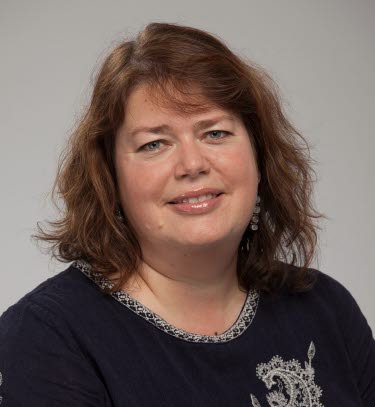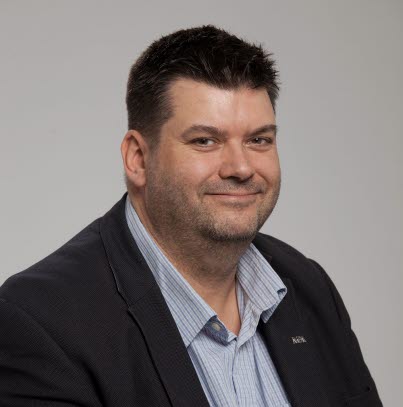Publisert: 03.01.2024
- The municipalities and counties are at the core of the efforts to create a society where everyone can participate on equal terms, says chief adviser Anne Gamme with The Norwegian Association of Local and Regional Authorities (KS), Norway’s largest public employer organization.
Since 2013, KS has been running a municipal network for universal design, funded by the Ministry of Culture.
- Learning from each other is the main goal of the network. Sharing knowledge and experiences across municipal boundaries, and being able to discuss solutions with colleagues from all over the country, is extremely valuable, Gamme says, adding that: Often, municipalities and counties can learn more from each other than from experts, because they know the actual possibilities and obstacles faced by local authorities.
A participatory network
KS hosts regular network sessions across the country, and network members are encouraged to continue working with each other between sessions, through direct communication.
- A network session differs from a conference or a seminar, in that the participants are running the show. They must prepare and present examples, and often leave with ‘homework’ to be done before we meet again, says senior adviser Christian Hellevang. He has been in charge of the daily work with the network from the very beginning.
It all started with the first truly ambitious national plan for universal design from 2009, aiming to make Norway universally-designed by 2025.
- The plan inspired a lot of people in the municipalities. The network seeks to harness all that energy, and turn it into actual projects, improving lives in local communities, says Hellevang.
Network focus
The network primarily works with municipal buildings, social meeting places and outdoor areas, with a particular focus on improving existing structures by addressing "low hanging fruit". The small and cheap, but significant, changes that can easily be implemented on tight municipal budgets.
- We focus on what’s good, on ingenious solutions that can be copied by others. But we also try to learn from each other’s mistakes, says Christian Hellevang, adding that: All projects encounter challenges. The examples presented in this booklet are not intended to serve as perfect examples, but rather as an inspiration and for learning. That is why we challenge the people we interview to indicate what they could have done differently, in hindsight.
- The projects discussed in the network have shown that what really creates good solutions is participation by user groups from the early stages of planning. Participation is definitely higher on the agenda than a decade ago. Also, I feel that the municipalities have a greater understanding of what universal design is all about. That it is not about accommodating "special needs", but finding a common solution that can be used by all. That it is more than compliance with rules and regulations, it is about finding solutions that make people’s lives better, Hellevang says.
But the best is yet to come, according to Hellevang: - Building networks takes time and effort. We are committed for the long haul.
The booklet: Universal design for active and social lives - 10 years of collaboration across municipal borders (pdf)


